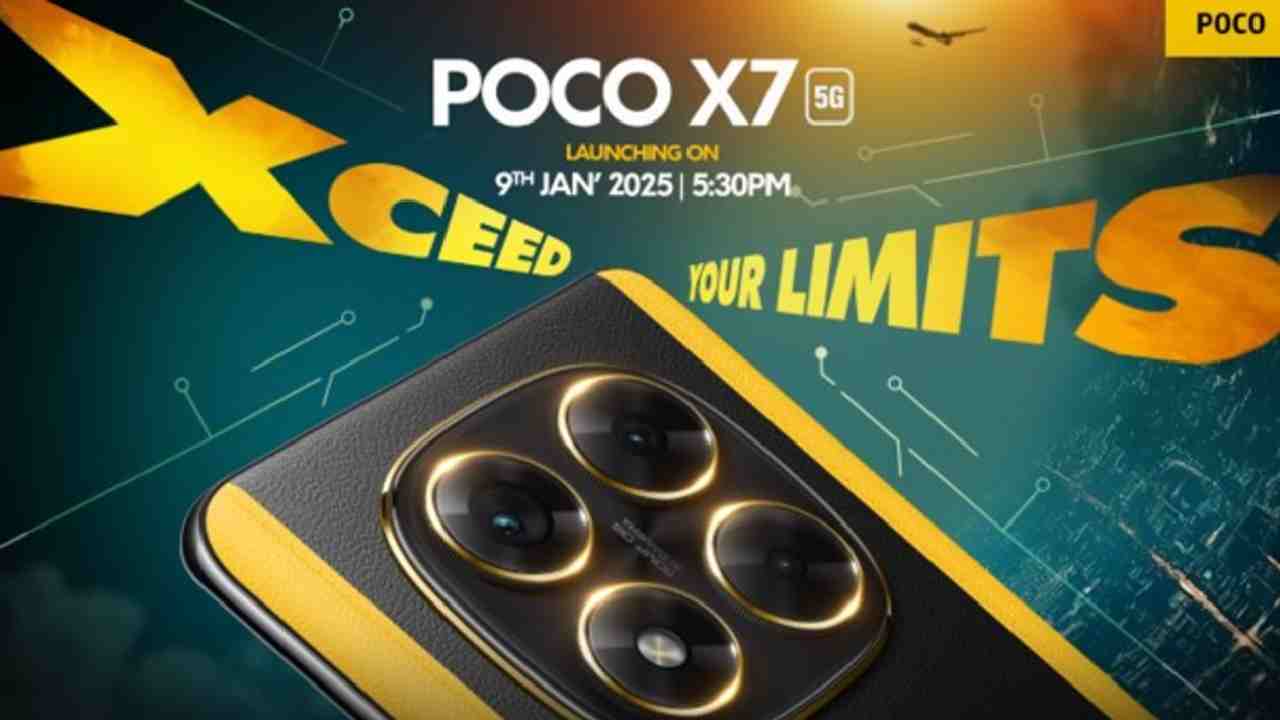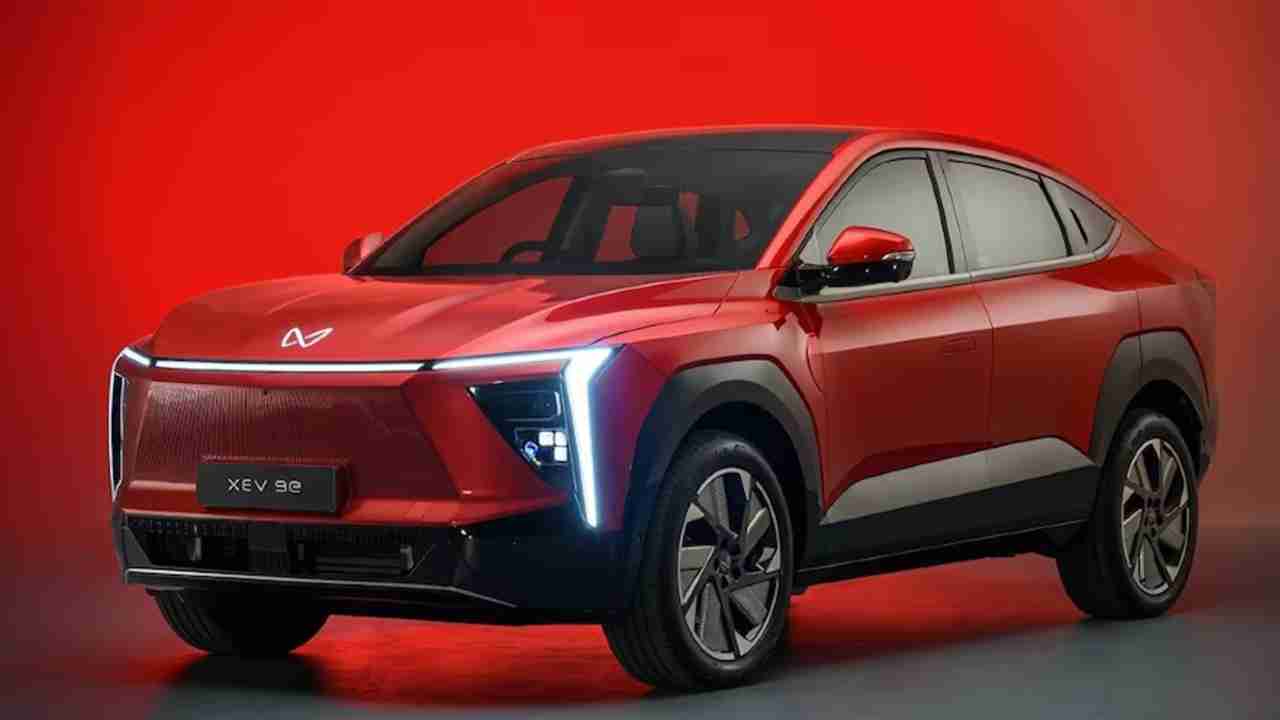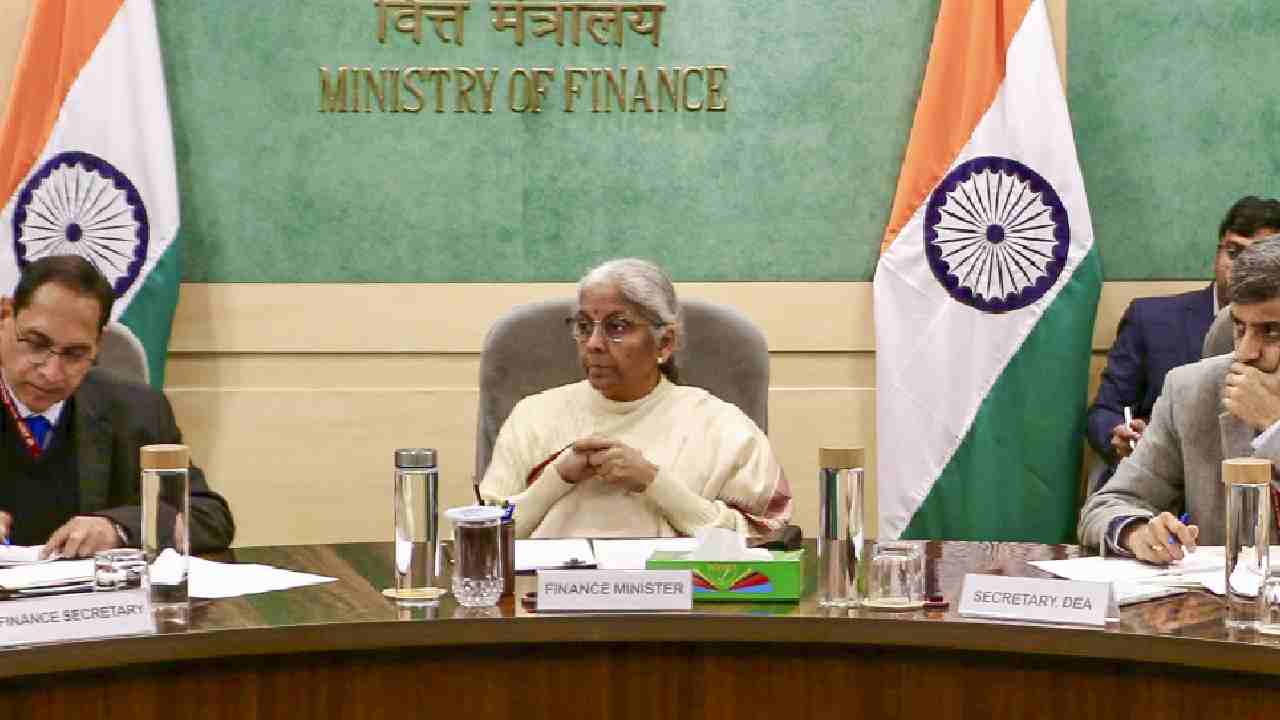The Surge in Electric Vehicle Sales: A Deep Dive
In recent years, the market for electric vehicles (EVs) has experienced significant growth, particularly within the realm of electric two-wheelers. Reports suggest that the market share of electric two-wheelers is poised to escalate to approximately 13% of total two-wheeler sales by the fiscal year 2026-27, a remarkable rise from a mere 5% in the previous fiscal year.
Understanding the Growth Trajectory
A media report, supported by insights from investment banking firm Jefferies, indicates that the share of electric two-wheelers in total two-wheeler sales was only 0.4% about four years ago. By the beginning of the last fiscal year, this figure had jumped to an impressive 5.4%. The increase has been attributed to several factors, including enhanced subsidies and a slew of new product launches. However, due to a recent reduction in incentives, this market share has stabilized between 4% and 7% over the last 24 months.
The Role of Price Adjustments
To remain competitive, electric two-wheeler manufacturers have also taken proactive measures by reducing their prices. Among the key players in this market, Ola Electric has carved out a significant lead, boasting an impressive 49% market share in the first quarter of the current financial year. However, recent reports indicate a dip in their share, which fell to 31% last month after the launch of their inaugural electric motorcycle series, including models like the Roadster, Roadster Pro, and Roadster X.
Spotlight on the Ola Electric Roadster Series
The Roadster X, equipped with a 2.5 kWh battery pack, is priced at Rs 74,999, and accelerates from 0-40 km/h in approximately 2.8 seconds. It boasts a top speed of around 124 km/h, with a claimed range of about 200 km on a single charge. Featuring a 4.3-inch touchscreen, pre-orders are currently open, with deliveries slated for early next year. The pricing for the Roadster series varies based on battery capacity: Rs 1,04,999 for the 2.5 kWh variant, Rs 1,19,999 for the 4.5 kWh, and Rs 1,39,999 for the 6 kWh variant, achieving 0-40 km/h in just 2.2 seconds and a remarkable range of 579 km on a single charge.
Government Initiatives and Future Prospects
In a significant move to bolster the EV sector, the Union Cabinet has approved a comprehensive scheme aimed at promoting electric vehicles in India. This initiative, expected to require an investment of around Rs 10,900 crore over the next two years, reflects the government’s commitment to achieving sustainable transportation solutions and reducing reliance on fossil fuels.
Conclusion
The electric two-wheeler market is on an upward trajectory, driven by consumer demand, government support, and strategic pricing. As more players enter the market and existing companies enhance their offerings, the future looks promising for electric mobility in India.
Electric Vehicles,
Demand,
Range,
Incentives,
Market,
Speed,
Battery,
Sales,
Government,
Manufacturing,
Ola Electric,
Subsidy,
Prices










